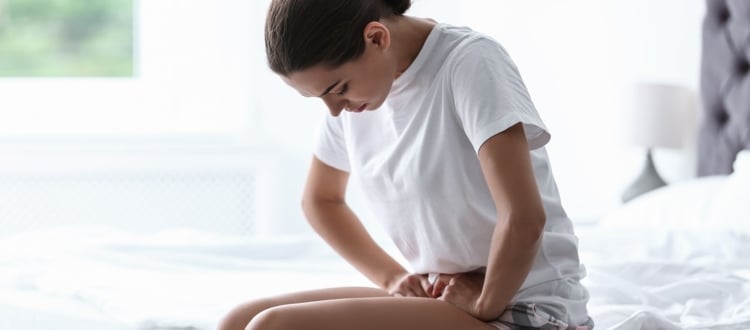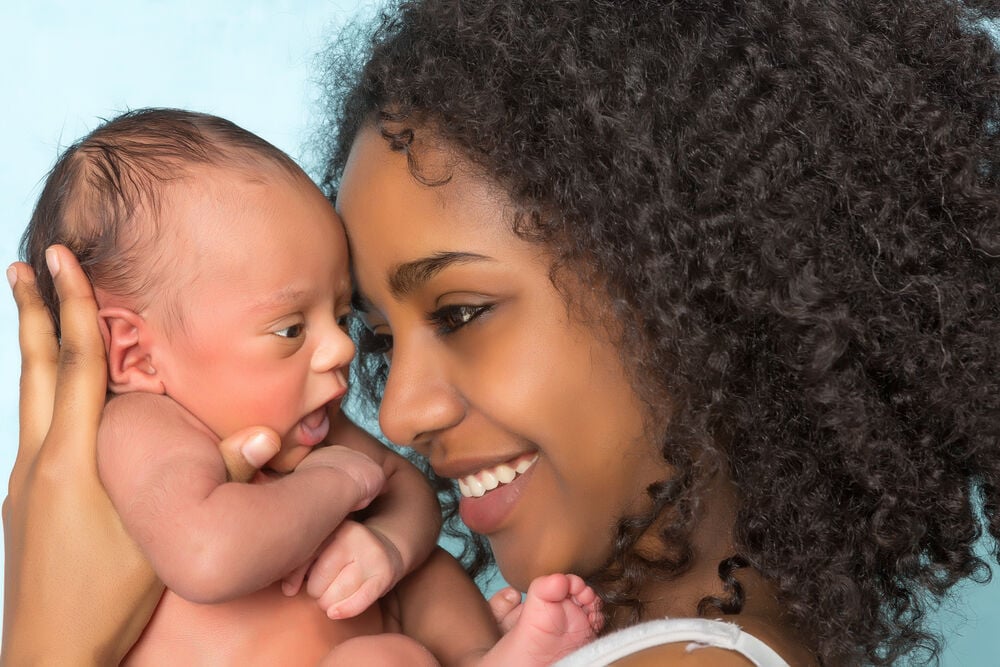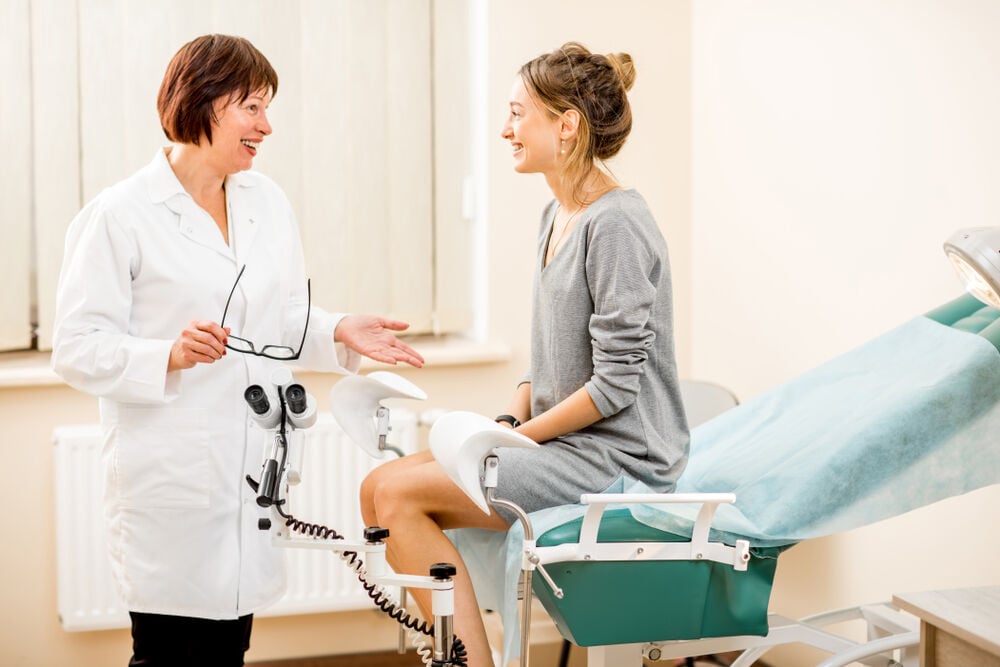After a few days or weeks of giving birth, your body can experience some sort of frustrating symptoms. Having the perfect understanding of this kind of symptoms and what they can cause will help prevent it and you will experience them no more.
-
Tracking cycle
-
Getting pregnant
-
Pregnancy
-
Help Center
-
Flo for Partners
-
Anonymous Mode
-
Flo app reviews
-
Flo Premium New
-
Secret Chats New
-
Symptom Checker New
-
Your cycle
-
Health 360°
-
Getting pregnant
-
Pregnancy
-
Being a mom
-
LGBTQ+
-
Quizzes
-
Ovulation calculator
-
hCG calculator
-
Pregnancy test calculator
-
Menstrual cycle calculator
-
Period calculator
-
Implantation calculator
-
Pregnancy weeks to months calculator
-
Pregnancy due date calculator
-
IVF and FET due date calculator
-
Due date calculator by ultrasound
-
Medical Affairs
-
Science & Research
-
Pass It On Project New
-
Privacy Portal
-
Press Center
-
Flo Accuracy
-
Careers
-
Contact Us
Postpartum Infections


Every piece of content at Flo Health adheres to the highest editorial standards for language, style, and medical accuracy. To learn what we do to deliver the best health and lifestyle insights to you, check out our content review principles.
What are postpartum infections?
Postpartum infections can be observed in various parts of the body - boggy uterus, breast - and you must watch for them.
Whenever you observe any discomfort or an unbearable pain in your body, your first line of action is getting to your doctor.
Take a quiz
Find out what you can do with our Health Assistant
Common types of postpartum infections
There are various signs of infection after birth and symptoms in the body after giving birth that pertains to specific infections in the body.
There are different types of postnatal infections which affects mothers and they can affect the uterus, abdomen and other parts.
The common types of postpartum infections are the following:
Endometritis
Endometritis is defined as an infection of the upper genital tract including endometrium, myometrium, and surrounding tissue.
A 2012 Cochrane review of endometritis found a 1–3% rate of endometritis after vaginal delivery and 5–10 times higher rates following caesarean section.
Endometritis risk factors include:
- Prolonged rupture of membranes (>18 h)
- Colonization with group A or B streptococcus
- Chorioamnionitis
- Prolonged operative time
- Bacterial vaginosis
- Internal monitoring
- Multiple vaginal exams.
Endometritis is a potentially severe postpartum infection that most likely will require hospitalization.
Puerperal mastitis
Puerperal mastitis is a regional infection of the breast, commonly caused by the patient’s skin flora or the oral flora of breastfeeding infants. The organisms enter an erosion or cracked nipple and proliferate, leading to infection. Lactating women will often have bilaterally warm, diffusely tender, and firm breasts, particularly at the time of engorgement or milk letdown.
Mastitis can be treated with oral antibiotics (e.g. dicloxacillin).
In addition, patients should be encouraged to breastfeed, which prevents intraductal accumulation of infected material. Those who are not breastfeeding should breast pump in the acute phase of the infection.
Women who are unresponsive to oral antibiotics are admitted for IV(intravenous) antibiotics until afebrile for 48 hours. If there is no response to IV antibiotics, a breast abscess should be suspected and an imaging study obtained.
Urinary tract infection
This is a puerperal infection that affects women that undergo delivery through both the cesarean section and vagina.
This type of infection is associated with a series of discomfort, and having a long term hospitalization.
This type of infection has been found to lead to a stoppage in breastfeeding.
The women that are affected by this type of infection must have had "asymptomatic antepartum bacteriuria" which follows the trauma of delivery. This type of infection is usually not different from the uterus infection (endometritis) when observed in the body clinically.
This infection can be treated using postpartum infection antibiotics. When you feel disturbed, you should visit your physician to prevent continuous pain and discomfort.
Wound infection
This is an infection that occurs after a C-section.
The incision area in the woman's body can be infected by the presence of bacteria around these areas. This infection can be recognized by various symptoms such as redness(erythema) of the incision site, fever, lower abdominal pain after giving birth, etc.
Oral antibiotics with coverage against streptococci, staphylococci, enteric, and anaerobic organisms are first line in treating perineal infections.
Perineal infection
This type of infection affects the perineum and ranges from mild to complicated in women with health-related issues.
Perineal infection should be properly taken care of especially in women with health issues such as diabetes, hypertension, etc. Women should go for postnatal treatments when they observe any form of discomfort in the perineum region. A timely visit to your healthcare provider will help with checkup and diagnosis.
Other forms of postpartum infections are as follows:
- Pudendal and paracervical block infection
- Abdominal wound infection
- Intravenous infection
- Soft tissue infection, etc.

Causes of postpartum infections
After delivery, the woman body is prone to postnatal infections which are caused by bacteria and other microorganisms. Infections can be caused by staphylococcus, a bacterial usually present in the oral cavity of the baby or within the abdominal and uterus lining of the mother.
Signs of postpartum infections
Postpartum infections take various forms in the mother's body. These infections can be expressed as abscesses in the breast, chills, fever, swelling of the body or abdominal pain after giving birth.
There may also be an inflammation of the urethra lining, and other parts of the body. There could also be some sort of itching around the vagina coupled with other disturbing symptoms in the vagina.
The most common signs of postpartum infections are:
- Too much bleeding or hemorrhage discharge from the vagina.
- Foul smell coming out from the vagina.
- Little or no bleeding after delivery is a potential problem as well
- Increment or swelling of the uterus
- Pain in one or both of your breasts.
- Frequent nausea and/or vomiting.
- Hot or tender legs.
- Having breathing problems
- Having flu-like symptoms.
- High fever
- Problem when urinating, extremely dark urine.
- Severe headaches.
Steps to take if you think you have postpartum infection

Now, if you have been having any sort of complications in your body, the best way to overcome this is by visiting your doctor.
Your physician will help you determine if you do have or do not have such infection and will decide on the appropriate postpartum infection treatment if you have such an infection. Your first point of call should be with your healthcare provider. Your physician is at the right position to diagnose you and if he can't, he will give you guidance in how to go about it.
No worries, most postpartum infections can be treated with the use of antibiotics and can be easily done by yourself. However, postpartum infections shouldn't be taken lightly, and you must seek medical attention.


Hey, I'm Anique
I started using Flo app to track my period and ovulation because we wanted to have a baby.


The Flo app helped me learn about my body and spot ovulation signs during our conception journey.


I vividly
remember the day
that we switched
Flo into
Pregnancy Mode — it was
such a special
moment.
Real stories, real results
Learn how the Flo app became an amazing cheerleader for us on our conception journey.




